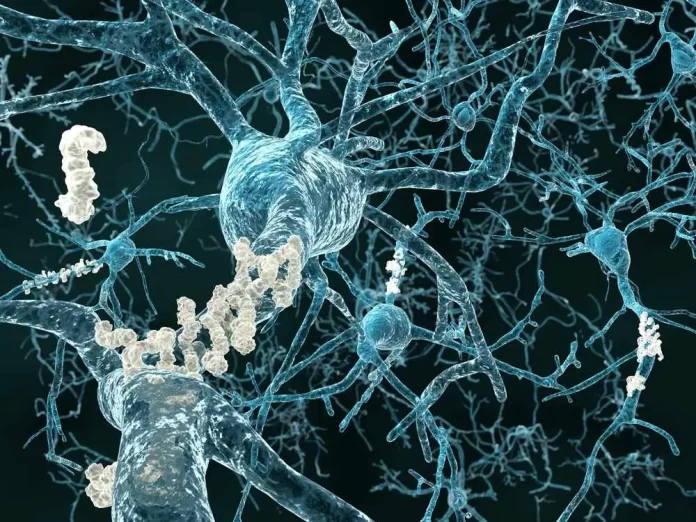In a groundbreaking development, the recent approval of the Alzheimer’s drug Leqembi has ushered in a new era in the battle against this debilitating disease. For the first time, physicians have access to a medication that has demonstrated the ability to slow memory loss and preserve daily functioning. The imminent arrival of Eli Lilly’s donanemab further fuels hopes for an expanded arsenal against Alzheimer’s. While these drugs offer a glimmer of hope, experts remain cautious, raising questions about the extent of their efficacy and other considerations. Let us delve into the story of these innovative treatments and explore the opportunities and challenges they present.
Unleashing the Potential
Both Leqembi and donanemab target amyloid, a protein responsible for the formation of plaques in the brain, a hallmark of Alzheimer’s disease. In clinical trials, Leqembi showcased a 27% benefit over a placebo, while donanemab demonstrated a 35% slower progression of the disease. These results have garnered attention as they offer the first glimpse of a potential breakthrough in managing Alzheimer’s.
Examining the Efficacy
While the initial results appear promising, experts have voiced concerns about the magnitude of the drugs’ benefits. The Alzheimer’s Association International Conference witnessed a series of editorials questioning the true impact of these medications. Jennifer Manly of Columbia University Irving Medical Center observed that donanemab was highly effective in eliminating amyloid but yielded only a comparatively weak clinical effect. The medical community is left pondering whether the observed benefits are substantial enough to justify the associated risks and costs.

Navigating Safety and Complexity
Intravenous infusions of these drugs have raised safety concerns, primarily due to amyloid-related imaging abnormalities (ARIA) that manifest as brain swelling or bleeds. The trials reported a higher incidence of ARIA in patients receiving donanemab, warranting careful consideration of the risks involved. Additionally, the intricate administration process, involving regular infusions, imposes logistical challenges and affects accessibility.
The Cost Factor
While hope is in the air, the issue of cost casts a shadow over the newfound treatment options. Leqembi, priced at $26,500 per year, and the yet-to-be-priced donanemab may present financial burdens for patients, even with broadened Medicare coverage. The complexities surrounding insurance coverage and potential out-of-pocket expenses remain important factors to be addressed.
Hope Amidst Questions
Despite the lingering uncertainties, these drugs symbolize a beacon of hope for individuals and families impacted by Alzheimer’s disease. The prospect of slowing disease progression, especially in the early stages, offers a glimmer of optimism. Research continues to explore long-term effects and safety profiles, and efforts are underway to widen the diversity of participants in clinical trials.
Looking Ahead
Researchers remain cautiously optimistic, emphasizing the need for continued study and the development of more impactful and safer treatments. The results from donanemab trials have sparked discussions about the possibilities of earlier intervention and prevention studies. As the journey to combat Alzheimer’s disease unfolds, scientists and medical professionals strive to strike a delicate balance between hope and realism.
The approval of Leqembi and the impending arrival of donanemab signal a monumental milestone in Alzheimer’s treatment. While the drugs offer an unprecedented opportunity to slow disease progression, critical questions about their efficacy, safety, and accessibility persist. As the medical community delves deeper into the complexities of Alzheimer’s, ongoing research and collaborative efforts hold the key to unlocking more effective treatments. In the face of this devastating disease, these novel therapies offer a glimmer of hope and the potential for a brighter future.


